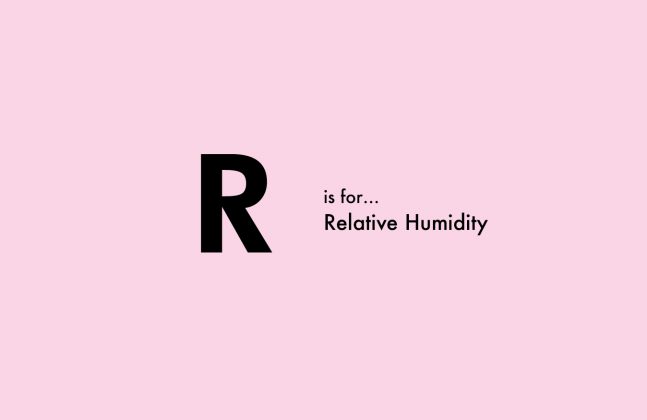The Relative Humidity (RH) of a concrete substrate can be a determining factor in the success or failure of a resin-based flooring system. If a resin flooring system is laid onto a concrete slab that has a high level of moisture and no effective damp proof membrane or moisture vapour barrier, the moisture will try to rise to the surface, causing significant blistering, cracking and ultimately floor failure.
There are many variables to consider when specifying a resin flooring system and the substrate’s relative humidity is a key factor. You should identify whether the concrete slab is green or old, elevated or on ground and whether it has an effective moisture vapour barrier.
How can you identify the moisture level in a concrete slab?

According to Australian Standard AS 1884-2012, testing for moisture content in subfloors has two main methods for concrete subfloors (below is an extraction from AS 1884-2012 Appendix A).
A3.1.1 Test methods
Wherever possible, the relative humidity in-situ probe test, in accordance with ASTM F2170, shall be carried out on the subfloor as, even though the surface may record an acceptable moisture content reading, this may not be the case beneath the surface. The only exception to using this test is where there is in-slab heating, a security or an anti-static wiring installation, or where slabs have been treated with a penetrative moisture suppressant. In these cases the surface mounted insulated hood test, in accordance with ASTM F2420, is used.
A3.1.2 Relative humidity in-situ probe test
Concrete subfloors shall be considered sufficiently dry when measurements taken in accordance with ASTM F2170 do not exceed 75% relative humidity.
A3.1.3 Relative humidity surface mounted insulated hood test
Concrete subfloors shall be considered sufficiently dry when measurements taken in accordance with ASTM F2420 do not exceed 70% relative humidity.
NOTE: The surface of the test area should be mechanically prepared to ensure it is clean, open and porous.
What options do I have if the RH is higher?
If the concrete subfloor has been tested with the appropriate ASTM method and the substrate has a RH of higher than 75%, then you will need to look at using a flooring system with a Damp Proof Membrane. These can often tolerate relative humidity of up to 95%, which can provide a suitable answer to concrete slabs with high moisture content.
Moisture content in a concrete substrate should be a key consideration when looking to specify or select an appropriate floor coating for your facility. For advice on how to overcome subfloor moisture, contact the Flowcrete technical experts.
If you are interested in learning more, read our “Short Guide to Moisture Related Floor Damage” series. Note: The test methods outlined are extracted from AS1884-2012. Further information regarding the application or results of these test methods should be directed to specific consultants. RH ratings outlined are based on AS1884-2012 guidelines. Flowcrete will not be responsible for any loss resulting from this information.





